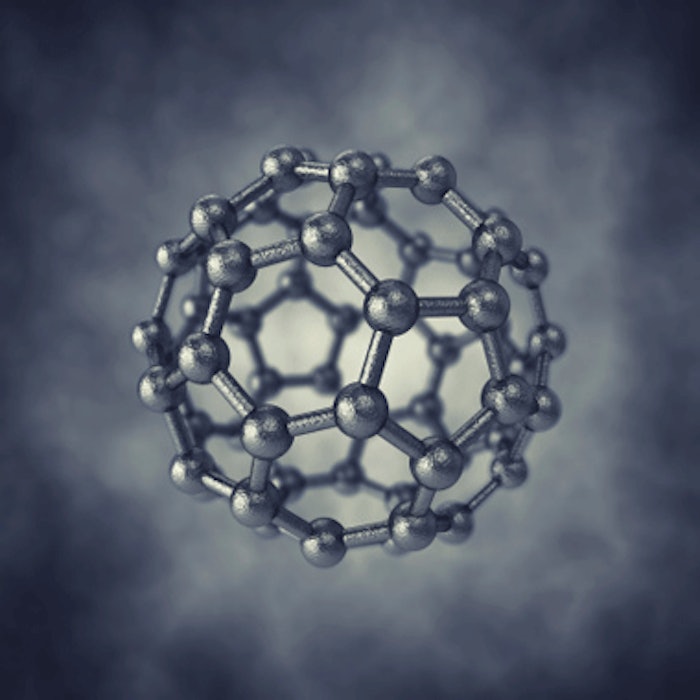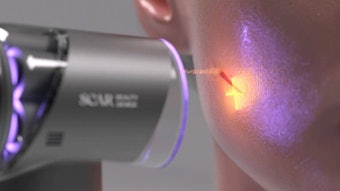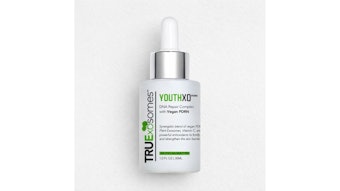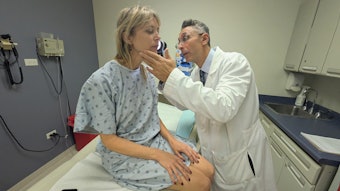
The coming year will mark an extraordinary period of growth and development in the field of nanodermatology, according to the Nanodermatology Society (NDS), a non-profit organization founded in 2010 and charged with monitoring and evaluating nanotechnology as it relates to the diagnosis, prevention and treatment of skin disease. “We have reached a tipping point where hard-won advances in biology, medicine and manufacturing have come to fruition,” says Adnan Nasir, MD, president of the NDS.
“Several therapeutic areas in particular will make great strides this year through nanodermatology, such as the topical delivery of vaccines, gene therapy, antimicrobials and anti-inflammatory agents,” says Adam Friedman, MD, vice president of the NDS. Vaccines delivered to the skin can effect the immune system, and importantly, doses can be reduced and responses can be increased to promote strong immunity against tumors and invading infection. Nano/microneedles and patches are already being standardized for vaccine delivery and have been developed for the flu vaccine. Gene therapy—which traditionally has required injections or infusions—can deliver DNA and functional RNA to activate and suppress genes through the skin using nanodelivery systems. The various targets for gene therapy include genetic diseases, inflammatory diseases, allergies, tumors and wound healing. Infections caused by multi-drug resistant bacteria such as methicillin resistant Staphylococcus aureus (MRSA) and Acinetobacter baumanni have been on the rise in the past decade and pose a serious threat to patients. Nanodermatology is enhancing both the delivery and efficacy of known established antimicrobial agents, as well as allowing for the delivery of more volatile substances, such as nitric oxide, to active areas of infection. “While dermatology stands to benefit tremendously from the utilization of nanotechnology, these developments can be extended well beyond our specialty to improve the management and treatment of diseases ranging from diabetes to peripheral vascular disease,” says Dr. Friedman.
In addition to medical advances, the NDS notes that nanotechnology has and continues to represent a vehicle through which consumer products, especially in dermatology, can be optimized and more effectively delivered to and through the skin. “A very exciting but thus far limited area is the use of antioxidants in conjunction with sunscreens for added photoprotection,” says Steven Wang, MD, secretary of the NDS. “The challenge is to deliver an adequate amount of these antioxidants actives through the stratum corneum and attain the needed bioavailability to enhance skin's natural ability in neutralizing free radicals. Nanotechnology will be helpful in this effort and overcome many of these impediments.”
Image copyright Thinkstock/istockphoto











